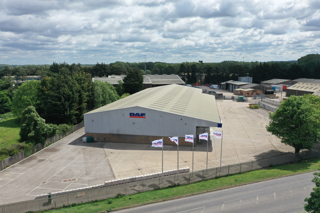Choosing between telematics systems that connect via the OBD (on-board diagnostics) port or the CAN (controller area network) deserves careful consideration.
Many telematics providers use the OBD to access vehicle data as it provides lower cost installation and a simpler way of accessing vehicle data. But there are issues with this.
The first is the myth that OBD devices are ‘plug and play’ or ‘self-install’.
The reality for commercial-grade telematics is that professional installation is almost always required due to the position of the OBD socket and placement of the device to achieve good GPS performance.
Secondly, OBD devices are user-accessible and at greater risk of tampering, or being left unconnected following vehicle servicing.
Another concern is around vehicle security and integrity.
By their very nature, OBD devices are ‘intrusive’ as they ‘write’ messages to vehicle systems.
Occasionally this can cause erroneous behaviour, such as activating alarms or warning lights.
And as they are technically able to ‘command’ vehicles, they present a potential safety and security weakness, especially if connected via 2G/3G/4G, when they’re potentially open to hacking.
Finally, there are worries regarding manufacturer warranties, especially as some are now taking action to restrict the use of third party OBD devices for anything other than servicing.
Christoph Grote, senior vice-president electronics at BMW, said: “OBD has been designed to service cars in repair shops.
In no way has it been intended to allow third parties to build a form of data-driven economy on the access through this interface.”
The impact on warranties is legally complex, but, under certain circumstances, connecting OBD devices while vehicles are in motion may impact how warranty or liability claims are viewed.
The alternative approach is to use the CAN network which offers a source of accurate, real-time data. Access has to be non-intrusive, as physical connections may interfere with the network.
A CAN cable reader that doesn’t puncture cables or ‘write’ to the CAN is a better option, as it doesn’t invalidate statutory warranties and can be securely located behind the dashboard.
In summary, while OBD systems may offer lower installation times and costs, they can be insecure and may deliver lower performance; moreover, newer vehicles may block access when the vehicle is in motion.
As such, they are ultimately a compromise. Solutions that take data directly from the CAN may come at a slight premium, but offer safer and higher performance.




















Adam Riley - 10/01/2019 10:35
Thanks for sharing such an informative article, helped a lot to understand the difference between opting OBD port or CAN.